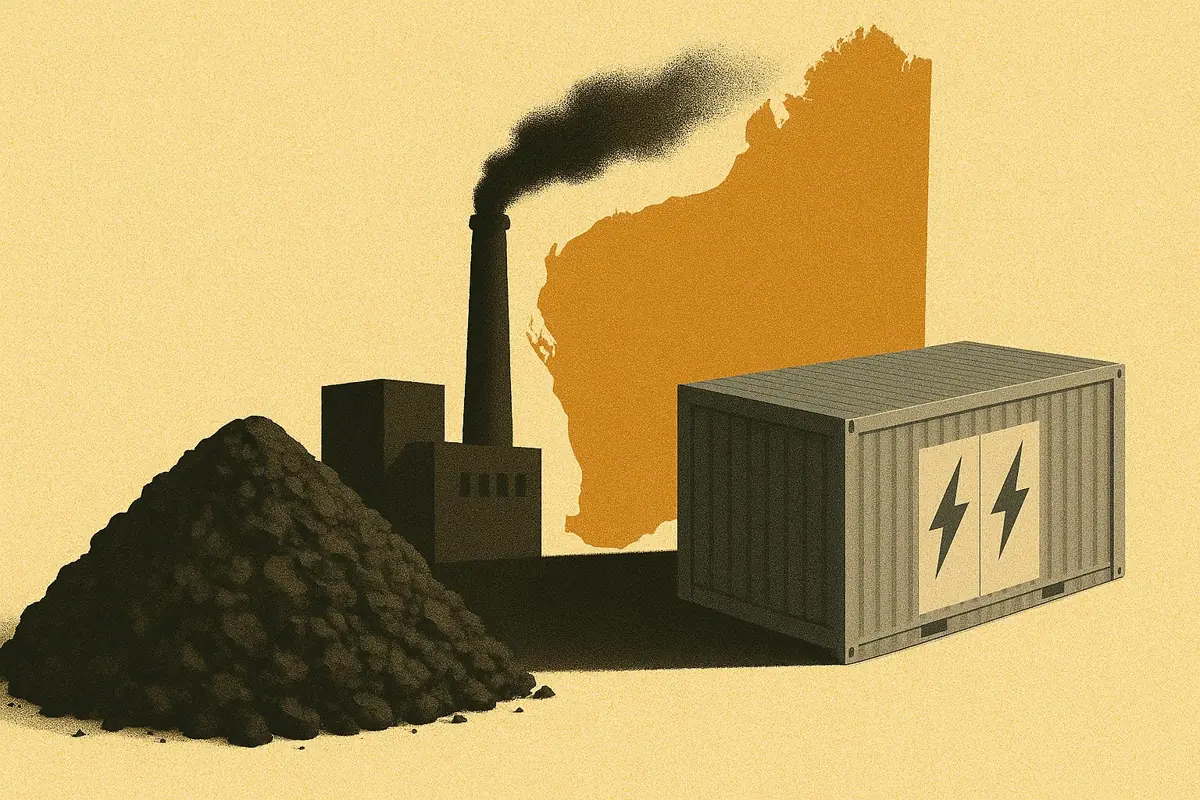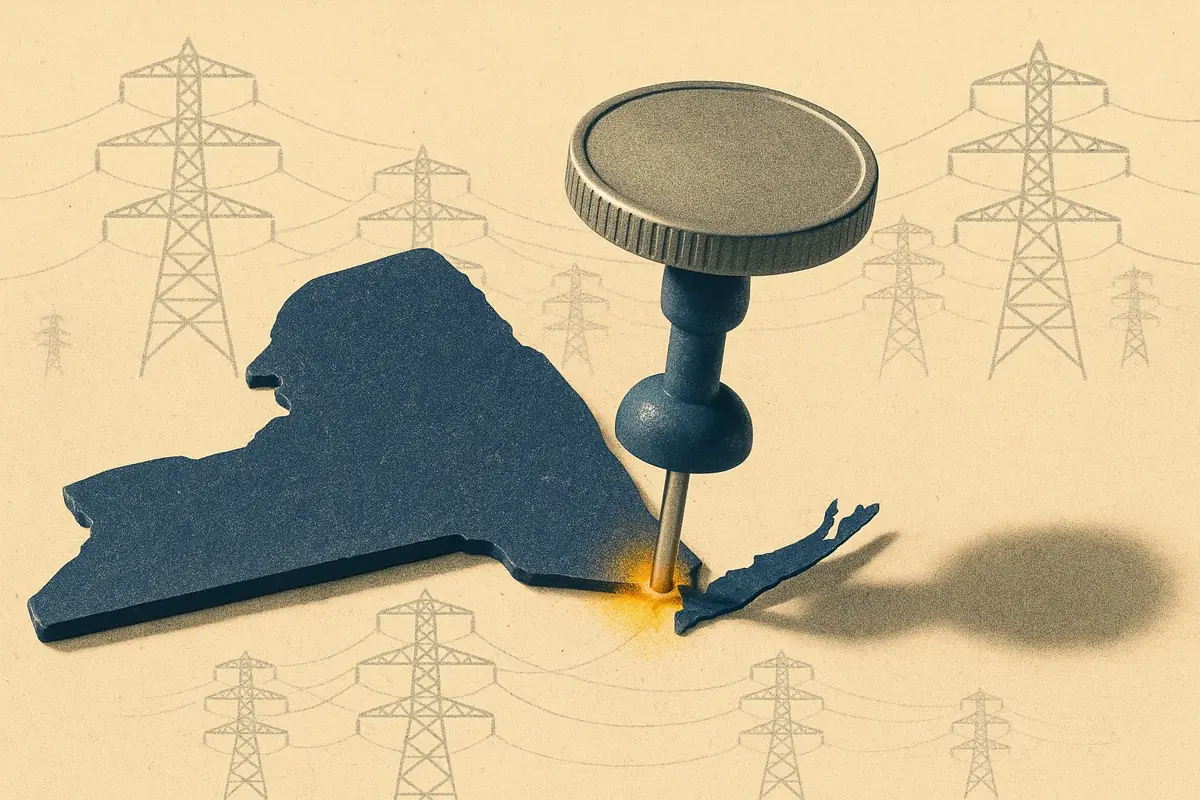Introduction
This report provides an outlook on battery energy storage system (BESS) buildout in Great Britain (GB) until the end of 2024. We have taken a bottom-up approach, building a list of projects by taking into consideration multiple data sources. These data sources include information from capacity market registers, the renewable energy planning database (REPD) and literature provided by companies. Looking at all this information, each site was reviewed manually, using best judgement to identify key variables (where possible) about each site - including size, developer and commissioning date.
The current state of BESS in GB
Figure 1 shows the quarterly buildout of BESS capacity in GB from 2014 to Q2 2021. The individual sites energised in 2021 are shown in Table 1.


- In 2021, 192 MW of capacity was installed in GB, bringing the total to 1261 MW as of Q2 2021.
- Minety and Oxford Superhub both became operational in June 2021 - the two largest BESS in GB.
Figure 2 shows the market share across the GB fleet by ownership as of July 2021.

- Gresham House is the largest owner of BESS (by installed capacity) in GB with a total portfolio of 409 MW.
- There has been consolidation of BESS ownership in GB, with 26 of 68 assets owned by Gresham House and Gore Street Capital.
Forward view into BESS in GB
Figure 3 shows the expected capacity buildout by quarter in GB.

- We expect that by 2023 the installed capacity of BESS in GB could exceed other forms of storage (such as pumped hydro), making battery energy the dominant storage technology.
- 67% of projects that are currently in the pipeline have secured capacity market contracts for delivery dates from 2021 to 2024.
- From July 2021 to 2024, our analysis shows there to be an increase of 2524 MW of BESS capacity in GB.
Figure 4 shows the number of BESS sites by rated power, comparing present day (July 2021) and 2024.

- Between present day (July 2021) and 2024, average site capacity increases from 18.2 MW to 33 MW, a growth of 81%.
- Changes in UK planning legislation allow assets over 50 MW to be built without going through the national planning process. This is likely a driver of average capacity being larger on future BESS projects.
- We see three sites above 100 MW planned to come online in 2024.
Frequency response in the future
Figure 5 shows the installed BESS capacity in GB alongside the demand for frequency response services from 2021 to 2024. We used the following assumptions to produce this graph:
- The Dynamic Moderation (DM) and Dynamic Regulation (DR) procurement targets have been assumed to be 40% of Dynamic Containment (DC), in accordance with NG ESO guidance from their May response reform webinar FAQs.
- DC procurement targets have been assumed to be repeated every year using 2021 as the baseline.
- Firm Frequency Response (FFR) is to be phased out between now and March 2022.
- DC, DM and DR procurement targets are additive with clarity on specific stacking guidance still under consultation.

- We expect that frequency response markets will be saturated by Q4 2021, when DC procurement targets are lower in the winter - forcing prices lower than the currently available £17/Mw/h.
- New services in Q2 2022 will increase demand to near supply levels.
- Batteries will likely dominate DC and DM because both services require fast response. It is unclear whether batteries will participate in DR due to the higher expected energy throughput (cycling) to provide the service, and wider competition with slower generating assets.
GB BESS future project list
Table 2 shows the full list of sites expected to be commissioned between now and 2024.

* Batteries assumed to be one-hour duration.
Appendix: More about this research
How we produced this research
Each asset identified in Table 2 has been individually researched to provide a unique, data-rich research piece on the expected buildout of BESS capacity in GB.
- Capacity market (CM) agreements for delivery years between 2021 to 2024 have all been assessed, including other technology classes battery assets register under such as DSR.
- Additionally, assets that do not have CM contracts have also been included in this research. This involved using the REPD alongside publicly available information from news articles and literature provided by companies involved in the development of BESS projects (e.g. annual reports).
- In instances where no information has been available, approximations have been made. In some cases this includes using the latest possible commissioning date for batteries which have secured CM contracts.
Want to find out more?
This research piece was written by Imrith Sangha, a Market Analyst working as part of the research team at Modo. If you would like to find out more about this research, please feel free to get in contact via e-mail: team@modo.energy







